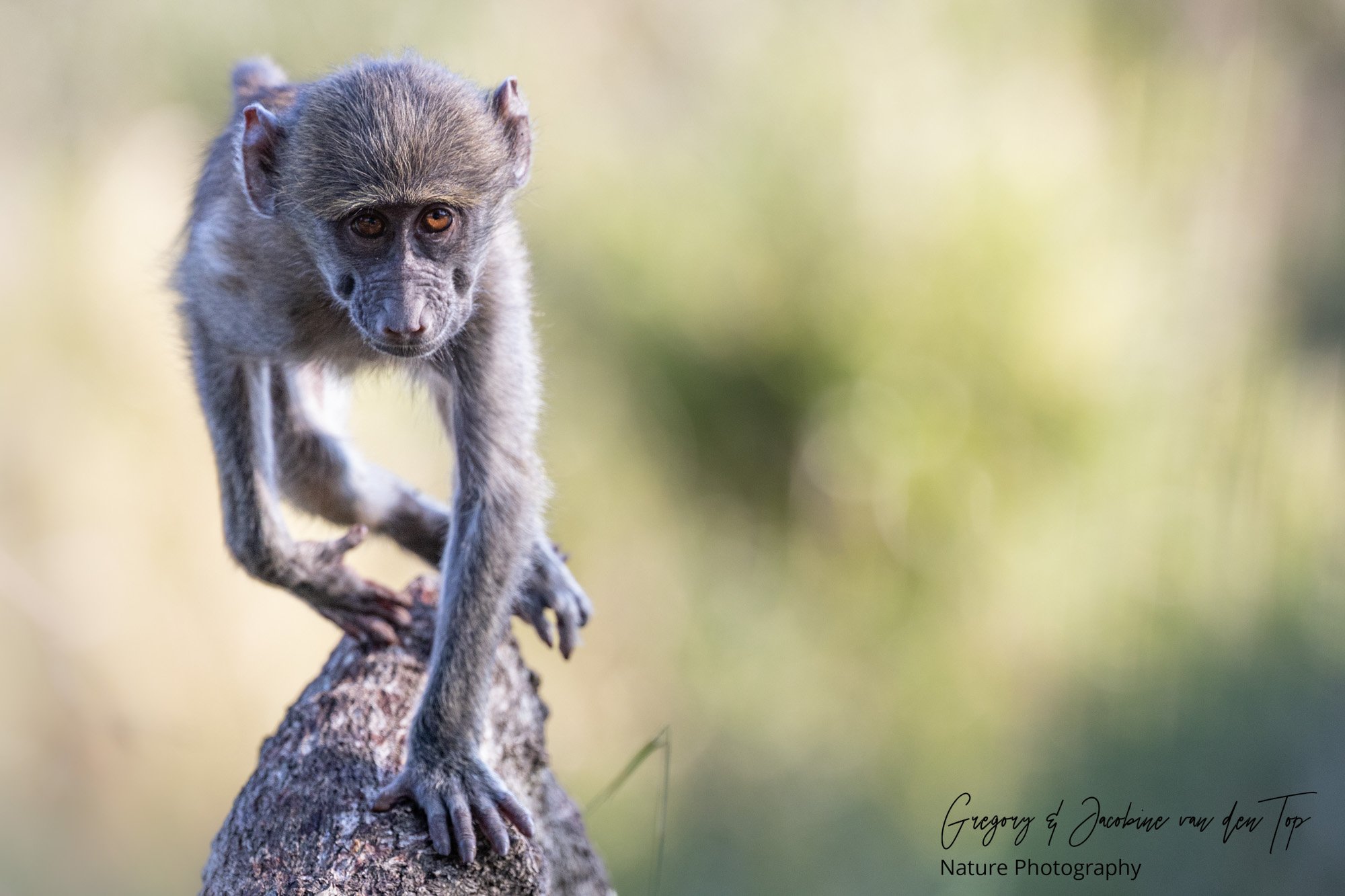Visiting Kruger
Kruger National Park
Last summer (2022) we spent several weeks in South Africa. Since South Africa is Greg’s native country, a very beautiful and interesting place to visit, and home to many of our family, we always look forward to a trip down south. Now that most COVID restrictions for travelling had finally been lifted, an extended trip was once again possible and Greg’s parents and sister also joined us in South Africa for a few weeks.
The ‘wildtuin’, as South Africans lovingly call Kruger National Park (KNP), is certainly worth a visit while in the country. With a surface area of almost 20 000 km2, KNP is nearly half the size of the Netherlands (41 543 km2) and home to hundreds of animals. More than 500 bird species, around 126 reptile species, a total of 147 mammal species, and many insects can be found in the park. So, if you every decide to visit the park, don’t only hope for the big five while driving around in your vehicle. You’ll miss so many other beautiful creatures and wonders of creation!
However, if you truly want an authentic wilderness experience, a ‘normal’ visit to the park will not suffice. During our stay in the wildtuin, we also took part in a Wilderness Trail. This means that, with a total of 8 guests, you are brought to a rustic, primitive camp in a remote part of KNP where you will stay a total of 3 ½ days and 3 nights. The only others at this little camp are two guides, one cook, and any other creature that decides to crawl into your tent or make their home in your primitive shower.
Finally getting there
After arriving at the camp at around 4 o’clock in the afternoon, we were told to settle in and then join the guides at the campfire. This is where our briefing would take place, because, yes, being out in the wild also meant that certain rules would apply. The coming two mornings we would be taking a +/- five hour hike out into the park together with the guides, and a shorter one in the afternoon after a private game drive in the park’s open vehicle. Safety, ours and that of the animals, was top priority. So, the next hour or so we listened attentively to instructions and information like:
· Never leave the camp without the guides.
· While hiking, be quiet and walk single file.
· Always comply with the guides’ instructions immediately.
· Were a dangerous encounter with an animal to take place, stand still and follow instructions.
· Never, ever run!
· If an animal were to enter the camp, always inform the guides. They will make sure the animal is removed from the camp.
· And so on…
It was quite a list, but bringing yourself or others into danger was not acceptable, so we certainly wouldn’t easily forget the instructions. After a delicious home-made dinner prepared by the camp cook, we all retired to our tents for a good night’s rest accompanied by the sounds of the night. Hyena’s laughing in the distance, a leopard patrolling the camp’s fence, elephants breaking down trees in the riverbed, insects, birds, etc. Our true wilderness experience had begun and would bring many more interesting encounters, which will be described in the next few blogs.
Young baboon
Bee-eater landing
Common duiker



